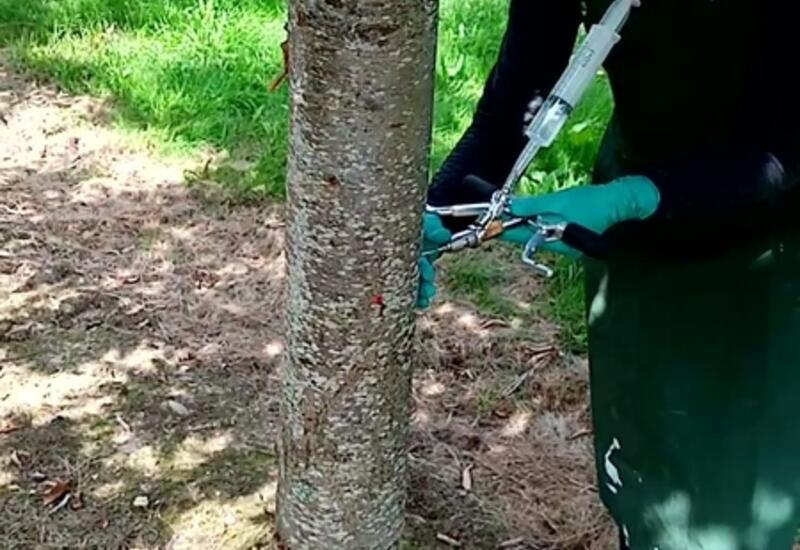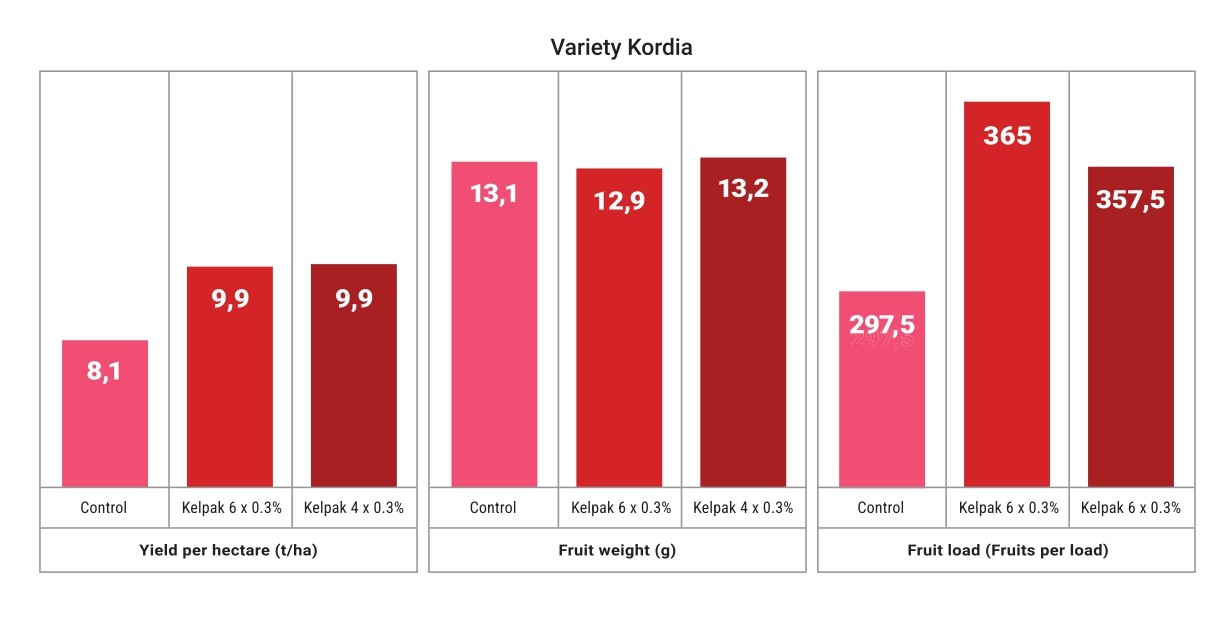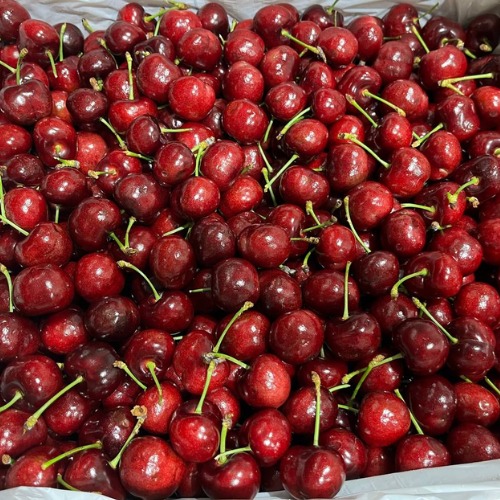Experiments on microinjections into cherry tree trunks have made it possible to define the conditions under which this technique can be used and to assess its agronomic performance with the use of different plant protection products. Since 2020, the French research institute CTIFL (fruit and vegetable interprofessional technical centre) has been studying this technique, and thanks to preliminary studies, the centre's researchers have found the best injection parameters.
But let's take a step back. What is microinjection and how does it work? This innovative technique allows trees to be defended from the inside, revolutionising the concept of defence as we consider it today. According to this method, after drilling a hole in the trunk, the phytosanitary treatment is injected directly into the plant's vascular system.
The advantages are clear: less pollution of the environment and operators. However, nowadays this technique is only used for ornamental trees. Preliminary studies conducted between 2011 and 2018 developed a microinjection material suitable for all trees and also for the different phytosanitary problems that can occur.
The prerequisites for effective transport of the active ingredients within the plant are therefore that the molecules are water-soluble and that they are sufficiently hydrophilic not to be absorbed by lipophilic materials, such as lignin, encountered along the way. In order for the active ingredients to work properly, it is necessary to get them directly into the vascular system through correct needle sizing.
Tests conducted with needles of 3 different sizes (1.27 cm, 1.91 cm and 3.8 cm, respectively) showed that the best product diffusion occurred with the longest needle. Subsequently, the researchers started trials directly in the field. The first study focused on the healing time of the injection sites.

The results were promising, as no problems such as gum, mould or necrosis were detected, and the plant was also able to develop a new vascular ring at the injection site. An agronomic trial was then started in 2021 to evaluate in the field the effectiveness in protecting against Drosophila suzukii and Rhagoletis cerasi.
Plants cv. Bellise and Folfer were used. In order to have a complete protection of the fruits, injections were made both at flowering and at veraison. At harvest, 1000 fruits per variety were picked and opened in search of larvae. Spinosad and spirotetramat showed an efficacy rate of 35% while treatments with cyhalothrins had a rate of 30%.
The best results were shown by treatments with cyantranilprole, where efficacy rates reached values close to 50%. With regard to consumer safety, residual analyses were performed on the fruit. In 2021, traces of spirotetramat were found, but at a dose 35 times lower than the EU's maximum limit of 3 mg/kg of fruit. In 2022, none of the molecules applied to the plant via microinjection was found on the fruit.
Will this be the defence of the future? We have no definite answers yet, but it certainly looks very promising.
Source: La micro-injection sécurisée pour protéger les cerisiers contre Drosophila suzukii infos_ctifl 398 - CTIFL
Image: Rèussir
Melissa Venturi
University of Bologna (IT)
Cherry Times - All rights reserved











